-

Factory Supply Hydrolyzed Marine Collagen Powder Tilapia Fish Scales Collagen Peptides Benefits for Anti-Aging
With age, peptide loss, blood vessel wall elasticity deteriorates, affecting the stability of blood pressure, blood viscosity, easy to cause fatty liver, hyperlipidemia, cerebral thrombosis, and memory decline, dizziness, forgetfulness, insomnia. The loss of peptides can lead to a decrease in bone density, formation of cavities, and loss of calcium, causing bone and joint pain, bone spurs, inflexible legs and feet, osteoporosis, easy fracture, slow bone healing, and decreased bone toughness.
-
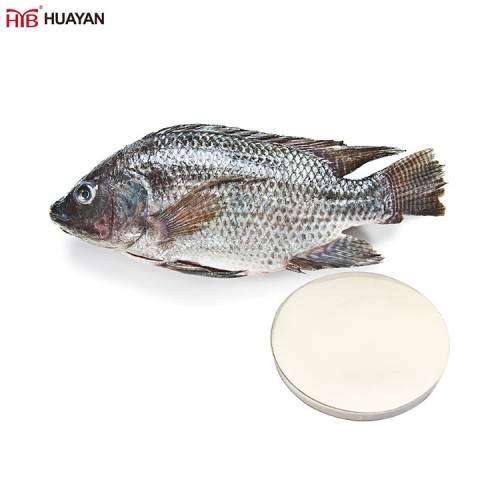
China Manufacturer for Healthy Beauty Product Effective Collagen Skin Body Whitening Fish Collagen for Anti-Aging
Collagen peptides are extracted from Alaska deep-sea cod, which directly penetrate into the dermis of the skin to repair damaged cells, improve the overall skin condition, and regenerate and repair the skin. We insist that everything is derived from natural marine substances, and always keep the special characteristics of deep-sea creatures. Deep-sea cod belongs to cold-water demersal fish, most of which live in the Pacific Ocean and the northern Atlantic Ocean. Marine fish contains is rich in nucleic acid, protein and vitamin B12. Its rich collagen can make the skin soft and supple, especially Alaskan cod is the best of it.
-
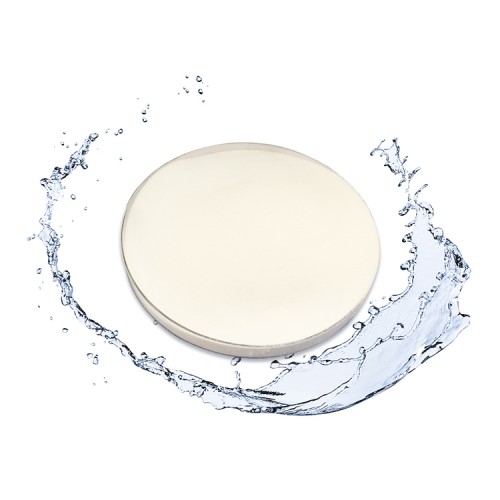
OEM/ODM China Health Food Supplements Hydrolysed Collagen Skin Whitening Fish Collagen Powder for Beauty Products
Collagen peptide has excellent affinity and compatibility, which can promote pores to shrink and tighten, increase skin elastin, help skin lock the moisture, facilitate the metabolism and inhabit new stain formation.
Small molecular active peptide can directly react with air. If our skin has trauma, burns, redness, and swelling, we don’t need to dilute and dissolve it. If we apply the small molecule peptide powder directly on the surface of the human skin, it will be absorbed by the skin on its own and will heal in three days without leaving any scars.
-

Quoted price Soybean Peptide Benefits Dietary Supplement Ingredient of Soy Collagen Peptide Powder
Peptides are a class of compounds whose molecular structure is between amino acids and proteins, that is to say, amino acids are the basic groups that constitute peptides and proteins. Usually, those with more than 50 amino acid residues are called proteins, and those with less than 50 are called peptides, such as tripeptides composed of 3 amino acids, tetrapeptides composed of 4, etc. Soy peptides are made of soybeans, soybean meal or soybean protein as the main raw materials. They are produced by enzymatic hydrolysis or microbial fermentation. After separation and purification, a mixture of oligopeptides composed of 3-6 amino acids is obtained, which also includes some free amino acids and sugars.
The composition of soy peptides is almost the same as that of soy protein, and it also has the characteristics of balanced amino acid ratio and rich content. Compared with soy protein, soy peptides have many advantages. First of all, soy peptides have the characteristics of no beany flavor, no acidity, no precipitation, no solidification on heating, and easily soluble in water. Secondly, the absorption rate of soy peptides in the intestines is good, and its digestibility and absorption are better than soy protein. Finally, soybean peptides have active groups that effectively bind calcium and other trace elements, and can form organic calcium polypeptide complexes, which significantly improve solubility, absorption rate and delivery speed, and can promote passive calcium absorption.
-
Quoted price Soybean Peptide Benefits Dietary Supplement Ingredient of Soy Collagen Peptide Powder
Our merchandise are broadly identified and trusted by end users and can satisfy continually developing economic and social requires for Quoted price Soybean Peptide Benefits Dietary Supplement Ingredient of Soy Collagen Peptide Powder, Our goods are strictly inspected before exporting , So we gain a excellent reputation all over the world. We seeking forward to cooperation along with you within the long term. Our merchandise are broadly identified and trusted by end users and can satisfy cont... -
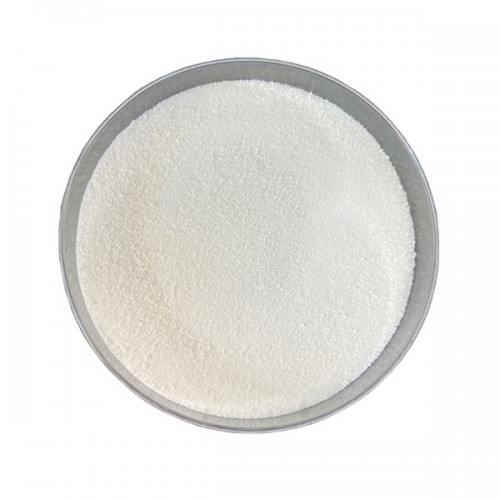
Factory Elastin Collagen Powder Vital Protein Collagen Peptides Small Molecular Weight for Anti-Aging
Elastin is the second most abundant structural protein in the human body.
Elastin combines with collagen can be used more effectively. Collagen make skin more tighten and whitening, and elastin make skin more elastic.
-

High Quality Cod Fish Skin Collagen Hydrolysed Marine Collagen Peptide Powder China Manufacturer Collagen White Regeneration
Fish collagen peptide is a type I collagen peptide, extracted from fresh tilapia fish scales or marine fish skin, and through a low-temperature directed enzymatic hydrolysis process.
Collagen are similar in structure to the body’s own collagen, which can penetrate into the skin better, and protect the skin, improve elasticity, replenish moisture, and delay aging.
At the same time, collagen peptide also has the effect of adjusting pH, and as a stabilizer and emulsifier, it can reduce the harm of cosmetic irritants to the skin. It is an ideal skin care product.
-
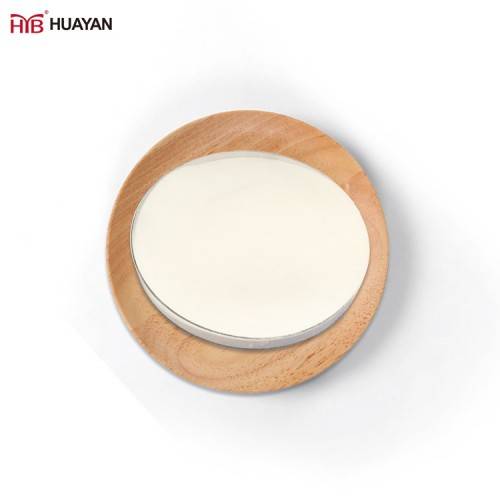
Factory Supplier OEM Fish Skin Collagen Peptide Powder One-Stop Service Multi Type Hydrolyzed Collagen Drink Benefits
Fish collagen peptide is functional protein with high molecule. Collagen is a main important part of skin, which account for 80% of skin dermis. It forms a fine elastic net in the skin. The regeneration rate of collagen digested by gastric juice in the human body cannot be verified.
-

Factory Supply Marine Cod Fish Collagen Deep Sea Collagen Peptide Powder for Skin Whitening
With age, peptide loss, blood vessel wall elasticity deteriorates, affecting the stability of blood pressure, blood viscosity, easy to cause fatty liver, hyperlipidemia, cerebral thrombosis, and memory decline, dizziness, forgetfulness, insomnia. The loss of peptides can lead to a decrease in bone density, formation of cavities, and loss of calcium, causing bone and joint pain, bone spurs, inflexible legs and feet, osteoporosis, easy fracture, slow bone healing, and decreased bone toughness.
-
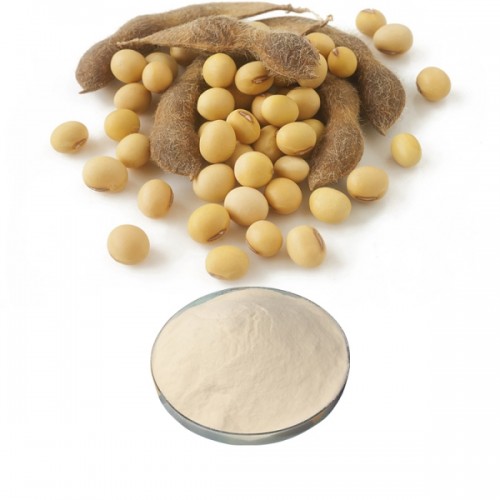
Food Grade Isolated Soy Proteine for Meat Product Processing Soybean Protein Isolate Powder
Soybean protein isolate is the extraction of soybean meal (removing oil and water-soluble non-protein components) into alkaline solution under low temperature conditions, and then precipitation, washing and drying to obtain protein powder with a protein content greater than 90%. Its structure and properties are basically instead of pure soy protein. There are nearly 20 kinds of amino acids in isolate soy protein, and contain essential amino acids for human body.
-

Hot sale Food Grade Fish Collagen Peptides Powder Healthy Skin Collagen Vitamin C for Beauty Products
Cod Fish collagen Peptide is a type I collagen peptide.It is extracted from cod fish skin, processed by enzymatic hydrolysis at low temperature, It is widely used in food, health care, pharmaceuticals and cosmetics industries.
-
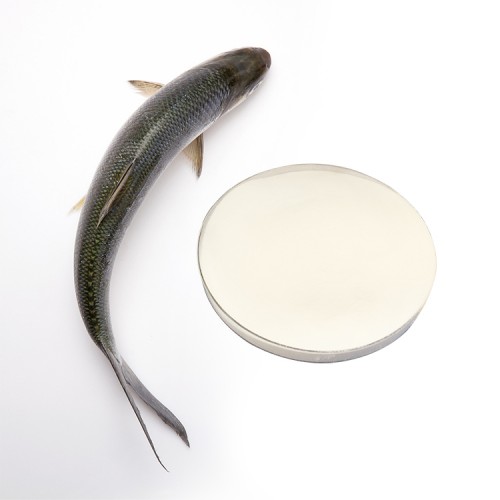
wholesale Halal Fish Peptide Collagen Powder Best Collagen Peptides Powder for Food Supplement
The unique skin repair and regeneration of collagen can stimulate the production of new collagen, and then support the skin to moisturize and anti-aging. Studies have showed that eat hydrolyzed collagen peptide and small molecular peptide can achieve the effect of stretch rough lines and tighten skin. It has a good effect on common wrinkles such as nasolabial lines, eyebrow lines, forehead lines, tear groove lines, crow’s feet lines, neck lines.
Ordor Detection Method
The collagen peptide extracted from marine fish will have slightly fishy, while inferior collagen peptide will be very pungent fishy smell. But there is a situation that fishy odor can’t smell, then additives must be added. Generally, collagen peptide with additives does not smell fishy at first, but it smells fishy and mixed with additives when you smell it carefully.




